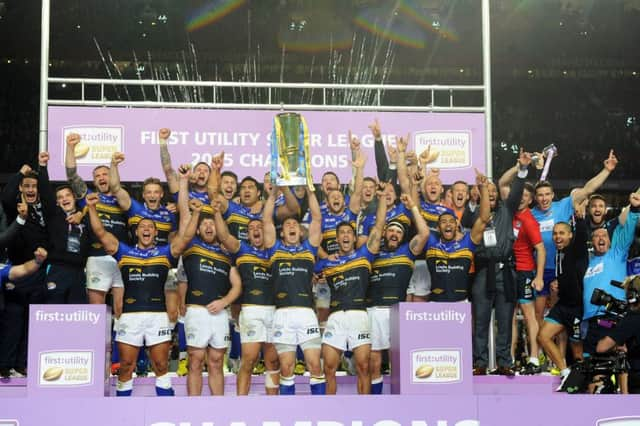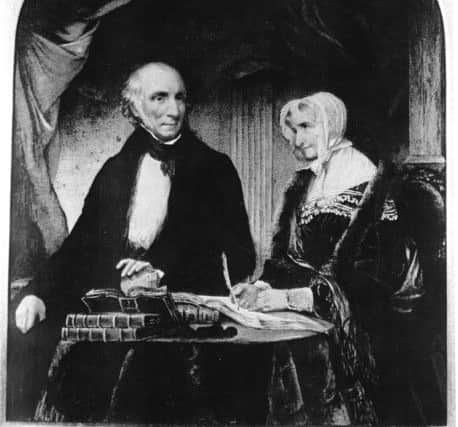Northern character? We just made it up, say academics


Though they wore helmets and not cloth caps, those distant ancestors laid down the template for what we now know as northern culture, according to academics at two Yorkshire universities.
And despite the stereotypical qualities of grit and understatement, the region’s character owes as much to the romantic poets as to Bennett and Barstow.
Advertisement
Hide AdAdvertisement
Hide AdA special “northern” edition of the scholarly Journal of Cultural Research cites William Wordsworth and Robin Hood as key influences on northern attitudes to leisure, gender, race and class.


The rest of the northern milieu, says the journal, is simply made up. And as for Yorkshireness, it’s little more than a pretence, built on memories and sustained by cricket.
The north’s national sport of rugby league, meanwhile, is said to have had its northernness “imposed upon it” by southern rugby union fans.
Professor Karl Spracklen of Leeds Beckett University, who co-edited the journal, said: “The idea of northernness is an invention of ours, with an imagined community and invented traditions, which northerners want to prevail.”
Advertisement
Hide AdAdvertisement
Hide AdThe concept of being “from the north” began, he said, with the Romans, Vikings and Robin Hood, and continued through the age of the romantic poets and authors, Cumberland-born Wordsworth and the Brontës of Haworth among them.


Prof Spracklen said rugby league, art and television all captured “some magical truth about the hills, valleys, mills and farms supposedly unique to the north”.
But he said those visions were “shaped by the constraints placed on them by people with cultural power in the south”.
Dr Alison Peirse of the University of York said writers like Bradford’s Andrea Dunbar, whose sexually uncompromising dramas made her unpopular in her home city in the 1980s, had helped dispel the image of northern working-class characters drawn by “middle-class outsiders” as passive, victimised or self-sacrificing figures.
Advertisement
Hide AdAdvertisement
Hide AdDr Peirse said Dunbar’s plays - most famously Rita, Sue and Bob Too - had exposed “the cultural reality” as working-class people were allowed to speak for themselves.
Her colleague Dr Kristyn Gorton said writer Sally Wainwright’s downtrodden police officer Catherine Cawood in the current BBC hit Happy Valley had also “challenged norms” by writing from the perspective of a northern working-class woman.
The journal tackles the idea of Yorkshireness head-on, in a piece by Dr Thomas Fletcher and Spencer Swain of Leeds Beckett University. They write: “Like northernness, it is a product of invented cultural traditions, assumptions and memories which is maintained and encouraged through the sport of cricket.”
The journal also says today’s creative industries, especially Manchester’s music scene, has fostered another vision of the north, driven by “laddishness and masculine interests”.